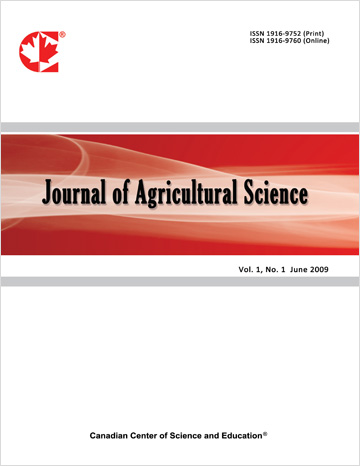Factors Influencing Directional Tree Felling in the Tapajós National Forest, Amazon, Brazil
- Ulisses Sidnei da Conceição Silva
- Ademir Roberto Ruschel
- Iolanda Maria Soares Reis
Abstract
Given its complexity, directional felling is considered one of the most dangerous activities in the exploratory phase of forest management projects for timber obtention. Therefore, detailed studies of the variables influencing its execution are necessary. The present research was conducted in the Tapajós National Forest, Brazilian Amazon, and analyzed 1,075 trees logged using the directional felling technique in a 504.30 ha area. To better understand directional felling, the studied variables were subjected to descriptive analyses and principal component analysis, a multivariate procedure that enables the simultaneous evaluation of several variables. While the diameter, basal area, and stem and branch volume explained most of the variability concerning directional felling, the commercial height influenced the least. Trees of the species Hymenolobium petraeum (angelim pedra) strongly correlated with the dendrometric variables diameter and stem and branch volume. Those of the species Hymenaea courbaril (jatobá) showed a strong correlation with the commercial height. Pseudopiptadenia psilostachya (fava timborana), Dipteryx odorata (cumaru), Hymenaea parvifolia (jutai mirim), and Astronium lecointei (muiracatiara) had a strong correlation with the basic wood density. Trees of the species Couratari guianensis (tauari), Lecythis pisonis (sapucaia), Astronium lecointei (muiracatiara), Mezilaurus itauba (itaúba), and Goupia glabra (cupiúba) showed lower correlations with the time needed for planning, cutting, and felling. They also had a reduced correlation with the angular differences between the natural and effective and the intended and effective felling directions. The latter results suggest that these species do not follow a defined pattern concerning the directional felling technique. However, trees of the other species followed a different tendency. In general, the logged trees lacked correlation with the directional felling cutting and total operation time. The analyses suggest that as the diameter of a tree increases, the chances of completing its directional felling decrease.
- Full Text:
 PDF
PDF
- DOI:10.5539/jas.v14n7p83
Journal Metrics
- h-index: 67
- i10-index: 839
- WJCI (2023): 0.884
- WJCI Impact Factor (2023): 0.196
Index
- AGRICOLA
- AGRIS
- BASE (Bielefeld Academic Search Engine)
- Berkeley Library
- CAB Abstracts
- ChronosHub
- CiteSeerx
- CNKI Scholar
- Copyright Clearance Center
- CrossRef
- DESY Publication Database
- DTU Library
- e-Library
- EBSCOhost
- EconPapers
- Elektronische Zeitschriftenbibliothek (EZB)
- EuroPub Database
- Excellence in Research for Australia (ERA)
- Google Scholar
- Harvard Library
- IDEAS
- iDiscover
- Jisc Library Hub Discover
- JournalTOCs
- KindCongress
- LIVIVO (ZB MED)
- LOCKSS
- Max Planck Institutes
- Mendeley
- MIAR
- Mir@bel
- NLM Catalog PubMed
- Norwegian Centre for Research Data (NSD)
- Open J-Gate
- OUCI
- PKP Open Archives Harvester
- Polska Bibliografia Naukowa
- Qualis/CAPES
- RefSeek
- RePEc
- ROAD
- ScienceOpen
- Scilit
- SCiNiTO
- Semantic Scholar
- SHERPA/RoMEO
- Southwest-German Union Catalogue
- Standard Periodical Directory
- Stanford Libraries
- SUDOC
- Swisscovery
- Technische Informationsbibliothek (TIB)
- Trove
- UCR Library
- Ulrich's
- UniCat
- Universe Digital Library
- WorldCat
- WRLC Catalog
- Zeitschriften Daten Bank (ZDB)
Contact
- Anne BrownEditorial Assistant
- jas@ccsenet.org
